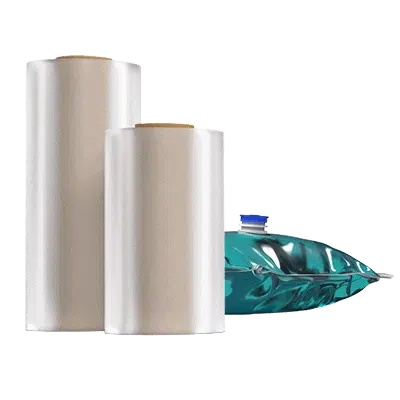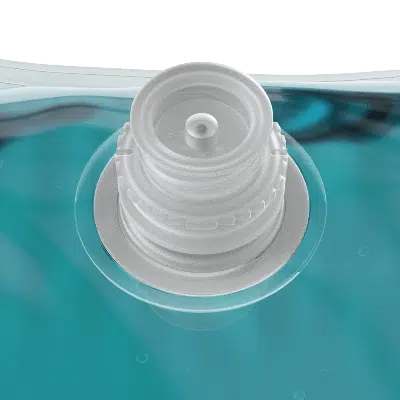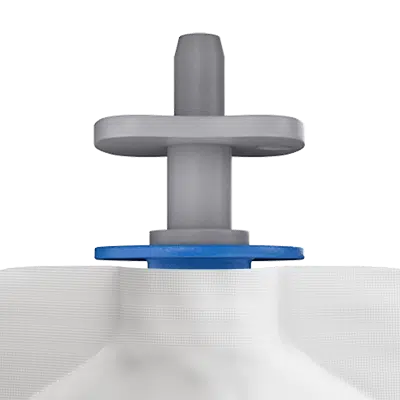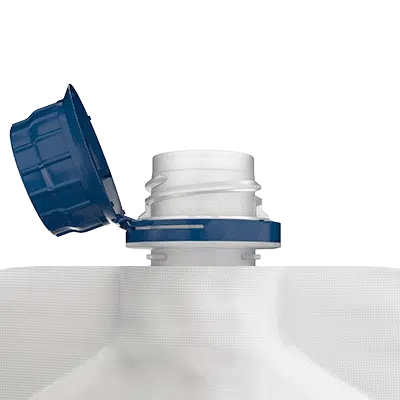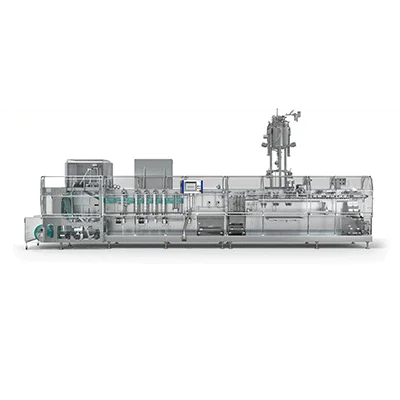Carbon Reduction in Home, Personal and Cleaning Products
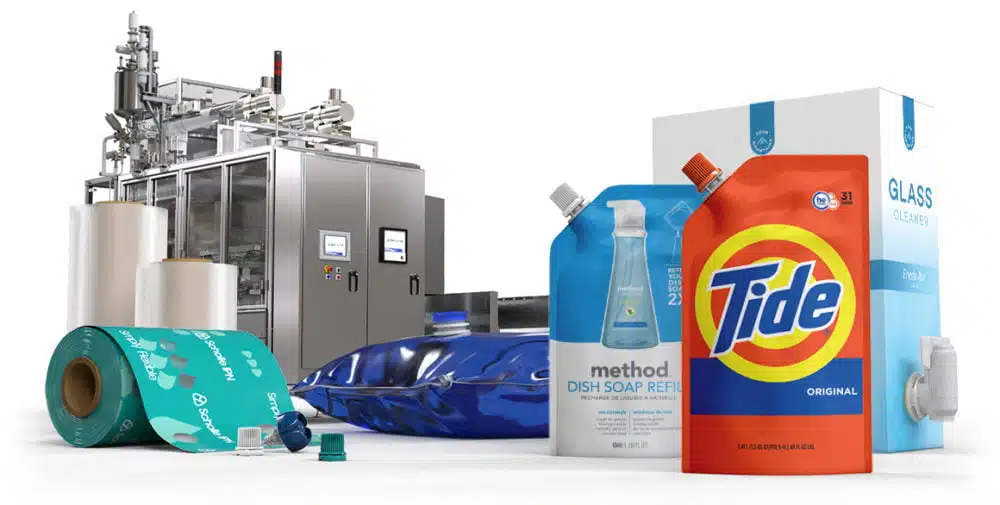
In the last two years, we’ve witnessed monumental changes to our normal routines. The COVID-19 pandemic has had a global impact on the way we conduct our lives. We rely more on ecommerce and digital platforms, we’re spending more time at home, and we’re questioning the safety and efficacy of the products we use every day.
You might have heard the phrase “the new normal” to describe this current moment in time. The pandemic has caused people to evaluate what is important to them, and seek out products based on an entirely new set of criteria. As consumer needs shift, brands must adapt to stay relevant—and it’s unlikely that these new concerns are going to go away once the pandemic is over. “The new normal” means that shifting consumer expectations are here to stay.
If you’re like most people, you likely looked at home, personal, and cleaning products in a new light – and looked for new ways to purchase them. These purchases were traditionally driven by routine or habit – and purchased in-store – but are now driven by concerns for sanitization and protection from bacteria – and purchased via ecommerce. This is an area bag-in-box and pouch packaging has always thrived, and specifically where Scholle IPN excels. We are a global leader in total packaging solutions, and have always prioritized safety and simplicity, which go hand-in-hand with sustainability and transparency.
In this report, we’ll discuss the changing landscape of home, personal, and cleaning products. “The new normal” includes a critical look at responsible sourcing and packaging, and we’ll demonstrate how brands can adopt these principles in ways that reach consumers. We partnered with Mintel, a global leader in consumer research and trends, to lay out our predictions for how home and personal care products intersect with sustainability.
Safety and Sustainability
We define carbon neutrality as “an action results in net-zero carbon emissions.” Reducing our carbon footprint or offsetting our carbon emissions with carbon-negative actions is critical in the fight against global warming and climate change, and most shoppers are already bought in on the importance of sustainability.
Consumers understand that the choices they make can impact the environment and are willing to look for products that line up with their values:
- In Brazil, 66% of adults agree that for a brand to claim itself as sustainable, it must invest in eco-friendly packaging (Mintel, A Year of Innovation in Soap, Bath, and Shower, 2021)
- In the US, 34% of soap, bath, and shower product users would be willing to pay more for eco-friendly packaging (Mintel, A Year of Innovation in Soap, Bath, and Shower, 2021)
- 43% of adults in the UK are interested in washing up liquid with sustainable packaging (Mintel, A Year of Innovation in Fabric and Dish Care, 2021)
Consumers Are Rethinking Packaging
Many consumers are rethinking what sustainability means as we increasingly rely on ecommerce to provide us with the goods we need safely: this presents a huge opportunity for brands to redesign their packaging as a way to communicate their value to consumers. “With the accelerated adoption of online shopping spurred by the pandemic, now is the time for household brands to rethink packaging,” (Mintel, internal presentation).
Carbon neutrality is also a safety issue. Currently, most brands operate using a linear model: they extract raw materials, make an item, it gets consumed, and once it’s been used, it gets discarded and becomes waste. This model is what contributes to carbon emissions and is responsible for changing weather conditions that negatively impact the planet. Our wellbeing is at stake if we don’t change our model of consumption.
 At Scholle IPN, we operate under a circular model.
At Scholle IPN, we operate under a circular model.
We connect all parts of the supply chain and ask how we can limit our use of natural resources and think regeneratively about waste.
In the past, safety and sustainability have been treated as separate issues, sometimes working at odds with one another. The COVID-19 pandemic did set back obvious gains, like cutting down on refillable and reusable containers because of contamination concerns. Instead, consumer focus has turned to products that provide sanitization or antimicrobial benefits.
However, that doesn’t mean we can’t connect safety and sustainability—and now is the time to do so. “Protective themes can evolve and focus on pollution-protecting capabilities or link to immunity protection.” (Mintel, A Year of Innovation in Soap, Bath, and Shower, 2021). Consumers are much more likely to read packaging labels, and this is a moment to expand the idea of safety outward.
A Shift in Purchasing Habits
Consumers are spending more time at home—and cleaning more than ever. “56% of U.S. consumers, 62% of Brazilian consumers, and 72% of Mexican consumers [are] cleaning their homes more often due to COVID-19 contamination fear,” Mintel reports (internal presentation). Because cleaning routines are up, consumers are paying attention to the contents of their home and personal products. Consumers are reading labels, looking for items that deliver antibacterial properties along with being simple and easy to use.
With the increase in online sales coupled with growing consumer conscientiousness, brands can use their packaging as a way to communicate that they understand changing consumer values. “The pandemic shifted consumer perception of value towards minimal consumption that emphasizes affordability, convenience, and protection.” (Mintel, internal presentation).
The new normal means that value isn’t simply a monetary measure—brands cannot get away with larger formats and slap a “now with 10% more” sticker on their packaging. Instead, consumers are looking for ways in which products can do more while leaving a smaller environmental footprint. For example, Mintel reports that 56% of U.S. consumers look for packages that leave no drop of product behind and that 92% seek out products that can be stacked for easier storage. “Deals that promote the value of buying and efficiently storing multiple packs helps alleviate frequent trips to the store or multiple online searches.” (Mintel, internal presentation).
All of this provides brands with a multi-pronged approach to sustainability—one that bag-in-box packaging is especially well-suited to tackle. Consumers can feel good about reducing waste by using products packaged in bag-in-box, which has a 99% evacuation rate. Bag-in-box packaging is easily palletized, so brands can communicate that these packages are easy to store because they can be stacked on top of one another and that they help cut back on transport costs during distribution. By understanding the shifting landscape of consumer values, brands can find ways to reformat their packaging in a way that meets consumers’ expectations and do so in a responsible and sustainable way.
Of course, it wouldn’t be justifiable if brands shifted their packaging and consumer values changed in a year or two. However, all our research indicates that the new way of shopping for home and personal care products is here to stay. As we discussed earlier, online shopping has surged, and 42% of U.S. consumers will continue to shop online even after the pandemic (Mintel, internal presentation). Furthermore, as environmental consciousness continues to grow, the habits that consumers are picking up are helping them make more informed decisions about the home and personal products they use—habits that are unlikely to go away.
All this is to say that the potential for big, new, and long-term solutions is now. Brands do not need to ease into small changes. The landscape has shifted so dramatically, and brands that can quickly meet the needs of consumers now will win an important leg up in the future of home and personal goods.
A Solutions-Based Model of Storytelling
With so many consumers looking at labels, it’s important to make information demonstrable and easy to understand. Home and personal care products have long been marketed by how easy they can make our lives—a dish soap might claim to cut down the time it takes to wash dishes, for example. Brands can use this solutions-based format to make sustainability a focal point in their messaging by being clear about how their products protect the environment.
The opportunity to tout a brand’s commitment to sustainability can take on a lot of forms, but it’s important to be clear and direct and focus on how a product can provide a solution to an environmental issue. Many people report not knowing if the sustainability claims a brand makes are verifiable. “68% of UK adults agree that it is difficult to know if a homecare product is as eco-friendly as it claims to be.” (Mintel, internal presentation).
Luckily, consumers are hungry for more information, and are willing to try a new product if a brand is willing to be transparent. “72% of Germans who clean would switch to cleaning products that use less packaging.” (Mintel, A Year of Innovation in Household Cleaners, 2021).
It’s not enough to say “this package is eco-friendly.” Instead, brands should use their packaging to clearly state how the decisions they make impact the environment.
One way to do this is to connect packaging solutions to issues consumers are familiar with. Most consumers know that water is a scarce resource, and over half of U.S. consumers of soap and bath products try to cut back on their water consumption by taking shorter showers (Mintel, A Year of Innovation in Soap, Bath, and Shower, 2021). A brand that can demonstrate that they use less water and understand why this is important (smaller formats that use less material, less weight during transport) will jump forward and help buyers feel good about the decisions they’re making.
Safe, Sustainable Solutions
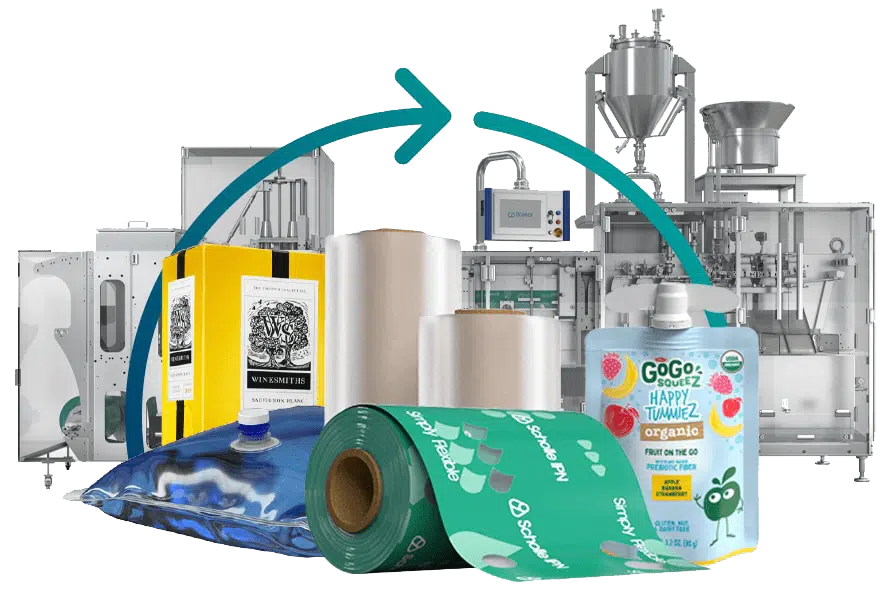 We continue to see that safety and sustainability are linked, but the link is not inherently obvious. It’s the job of brands to make that connection clear.
We continue to see that safety and sustainability are linked, but the link is not inherently obvious. It’s the job of brands to make that connection clear.
Yes, the pandemic asked consumers to make eco-friendly concessions, like using plastic instead of reusable bags. But in the last year, 45% of Americans reported using more eco-friendly products than they did in years prior (Mintel, internal presentation). The COVID-19 pandemic forced consumers to rethink their household purchases, and they coupled responsible and safe products with environmentalism and sustainability.
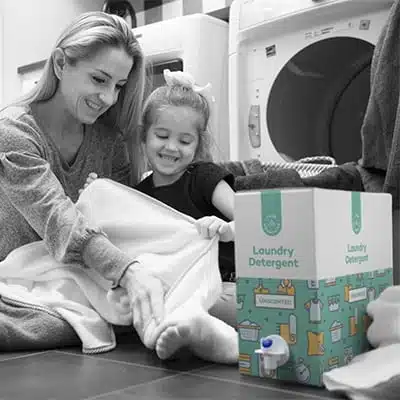 Brands that can harness the potential of safety on multiple levels will have a leg up as we look to 2022. Consumers will continue to look for products that provide value beyond a strict, monetary definition, and Mintel projects that packaging will have a lot to do with communicating the value a brand offers its consumers.
Brands that can harness the potential of safety on multiple levels will have a leg up as we look to 2022. Consumers will continue to look for products that provide value beyond a strict, monetary definition, and Mintel projects that packaging will have a lot to do with communicating the value a brand offers its consumers.
“As consumers become more curious about the brands and products they bring into their home, packaging serves as the primary communication vehicle guaranteed to come into contact with the end user.” (Mintel, internal presentation).
Potential Hurdles and Creative Solutions
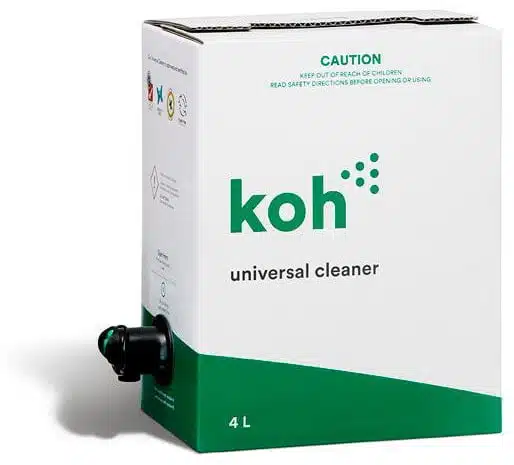 There are hurdles that we anticipate brands running into in the home and personal care sector. However, we believe these hurdles represent opportunities for cutting-edge innovations that can radically redefine the way consumers view eco-friendly home products.
There are hurdles that we anticipate brands running into in the home and personal care sector. However, we believe these hurdles represent opportunities for cutting-edge innovations that can radically redefine the way consumers view eco-friendly home products.
For example, recycling is often the single-most recognizable action consumers are familiar with when it comes to sustainability. Many bag-in-box and pouch packaging solutions have recycle-ready components, but in many countries, the infrastructure to recycle these products isn’t quite there.
However, brands can take advantage of growing ecommerce trends to promote sustainable packaging solutions. Many companies are debuting direct-to-consumer product lines that allow subscribers to purchase refillable containers, which are usually filled from pouches and bag-in-box. They fill their containers and send back the empty bag-in-box or pouch packages to the company, which can more readily recycle spent packages.
This example presents a multi-faceted solution. Pouches use significantly fewer resources (source reduction, while not as popular as recycling, is critical to cutting back our carbon footprint) and the burden of finding a recycling center is removed from the end consumer. Brands can engage in active and positive climate action without using guilt-ridden or doomsday-like rhetoric.
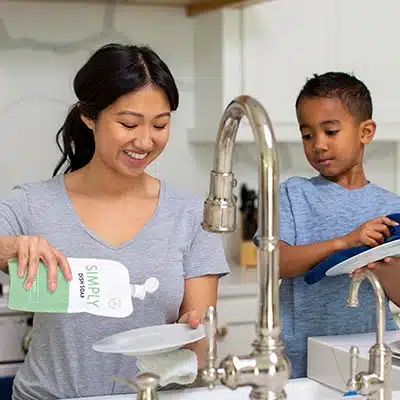
Of course, this is just one solution, but the opportunities available because of bag-in-box and pouch packaging are endless. “Innovating with packaging that features recycled content, more concentrated and refill options which save on packaging, along with broader climate initiatives such as carbon offsetting and using renewable energy during production, will appeal to consumers looking for climate action from brands.” (Mintel, A Year of Innovation in Fabric and Dish Care, 2021).
It’s clear that the desire for eco-friendly solutions is there. Our audience is receptive, ready for change, and eager to engage with brands. Now is the time to implement new packaging solutions and consider how bag-in-box and pouch packaging can help you achieve your sustainability goals. Contact us to get started.

